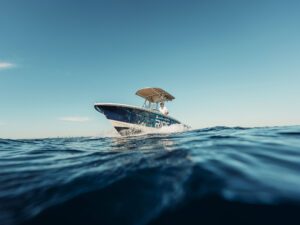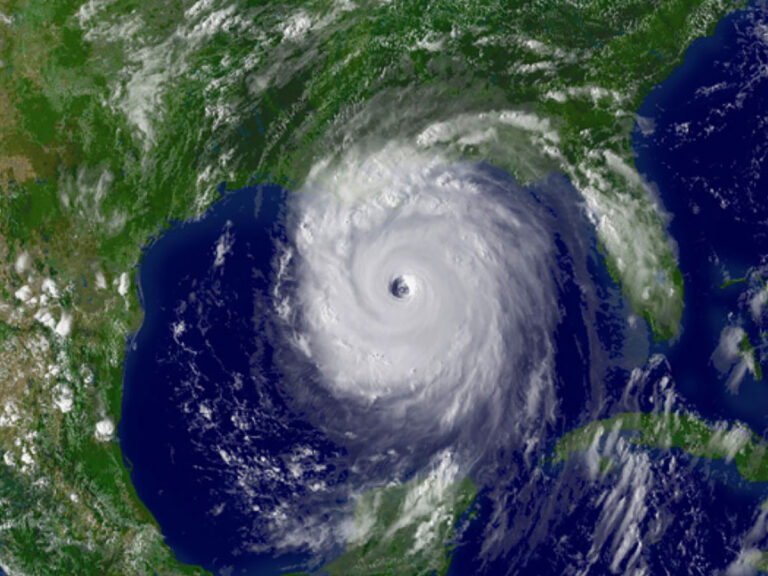Whether considering the addition of a generator, aka “genset,” to your current boat or purchasing a new boat with a genset installed, here are some things you should consider before making the investment.
Gas or Diesel?
For convenience, choose a generator that runs on the same fuel as your boat’s engines. An exception sometimes seen is an outboard boat with a diesel genset. That decision is usually related to diesel fuel’s higher flash point and the fact that, unlike in sterndrives and inboards, combustion isn’t already taking place in an enclosed space with outboard power.
Size Matters
Generators’ sizes are based on their kilowatt output. To determine your boat’s needs, add up the power requirements for all the accessories you plan to run. Select a genset with an output that is 20 percent higher. Don’t expect to be able to run all your appliances at once. Don’t overdo it either. A genset running at insufficient load leads to carbon buildup and other maladies. A generator should ideally run at 35 to 70 percent load.
Installation
Water-cooled, generators should have a strainer on the intake to keep out debris. They need enough ventilation, measured in cubic feet per minute (cfm) of air, for peak efficiency. It’s best if the genset’s exhaust system isn’t shared with that of the engine’s. Check the manufacturer’s specs. It’s helpful to have an ignition switch, plus gauges for oil pressure and temperature, in the engine compartment as well as at the control panel.
Fewer Fumes
Kohler and Westerbeke are two manufacturers making “low-CO” generators, which reduce carbon monoxide emissions, making it safer aboard a boat while the generator is running. Westerbeke uses multiport electronic fuel injection, while Kohler uses throttle-body injection.









